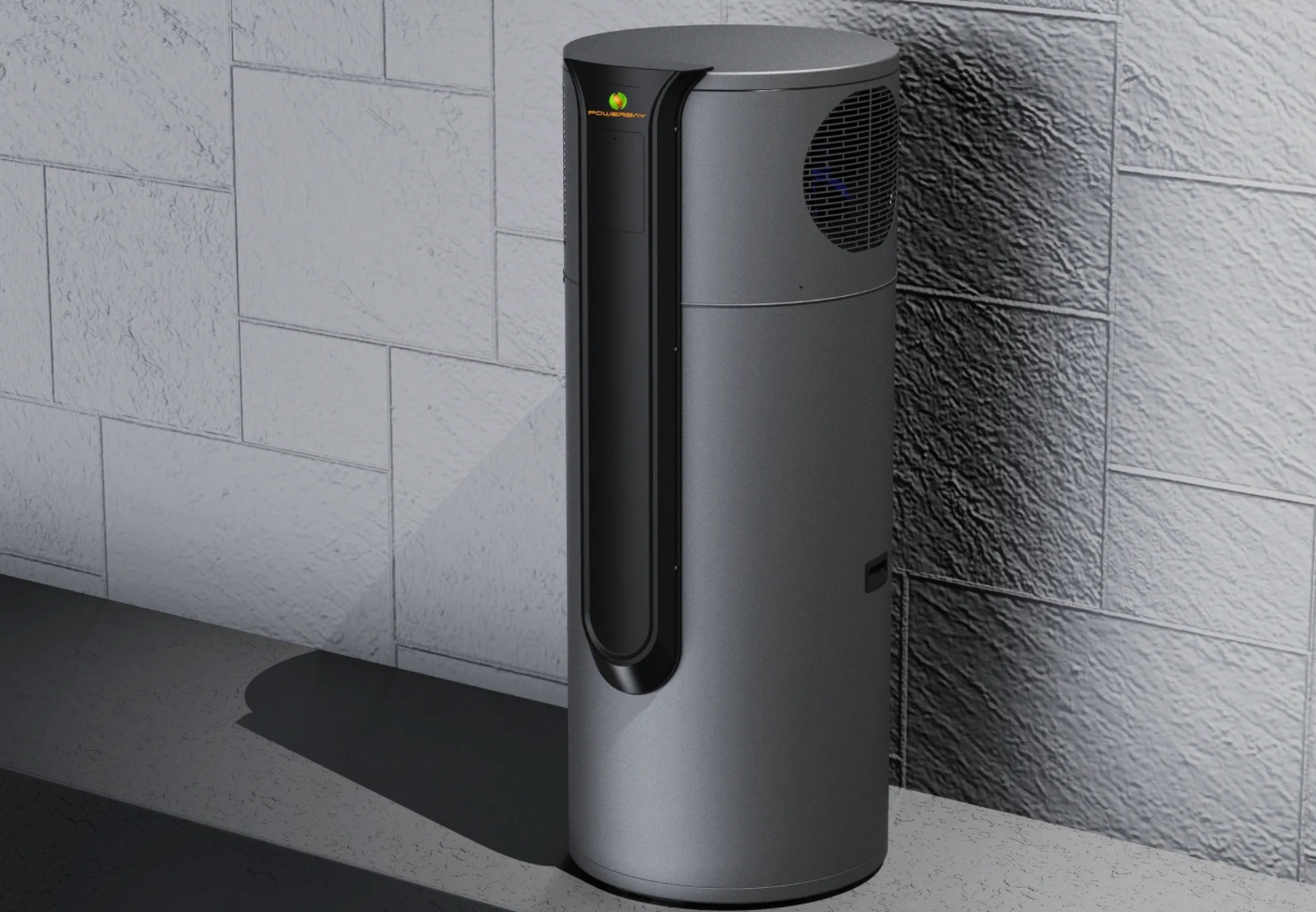Save with Victorian Energy Rebates for AC Upgrades
Are you thinking about upgrading your air conditioning system? Now might be the perfect time, thanks to the Victorian government’s energy-efficient rebates. With the push toward reducing greenhouse gas emissions and increasing home energy efficiency, these incentives make it easier and more affordable for homeowners to install modern, eco-friendly cooling systems.
Let’s break down how you can benefit from these rebates and how upgrading your system could save you money while helping the environment.
Why Upgrade to Energy-Efficient Air Conditioning?
Upgrading your air conditioning system can have significant benefits for your home, wallet, and the planet. The latest systems, like ducted air conditioning or Variable Refrigerant Flow (VRF) systems, offer superior performance, enhanced comfort, and much lower energy consumption. Here are some of the key advantages:
- Lower Energy Bills: Energy-efficient systems use up to 50% less power than older, conventional models. By upgrading, you can see a dramatic reduction in your monthly electricity costs.
- Reduced Greenhouse Gas Emissions: With a more efficient air conditioning system, you’ll help cut your home’s carbon emissions, making a positive impact on the environment.
- Improved Comfort: Modern systems distribute cool air more evenly, ensuring that every room in your home maintains a comfortable temperature, even during the hottest months.
- Enhanced Control: Systems like VRF allow you to control temperatures in individual rooms or zones, giving you greater flexibility and personalised comfort while using less energy.
What Rebates Are Available?
The Victorian government offers several rebate programs to help reduce the cost of installing energy-efficient air conditioning systems. Here’s a breakdown of the key programs:
- Victorian Energy Upgrades Program (VEU)
This initiative provides financial incentives to households and businesses that install energy-efficient appliances, including air conditioning systems. The rebates are based on the energy savings your new system will deliver, meaning the more efficient your system, the bigger the rebate. - Solar Homes Program
While primarily focused on solar panels and battery systems, this program also offers rebates for efficient heating and cooling systems. You may be eligible for a rebate if you pair your new air conditioning system with solar power, further reducing your carbon footprint and saving on energy costs. - Energy Efficient Heating and Cooling Upgrades
This program helps homeowners replace old, inefficient systems with modern, energy-efficient models. Rebates are available for air conditioning systems, including ducted and VRF systems, which can significantly reduce both energy usage and emissions.
How Much Can You Save?
The amount you can save through rebates will depend on the system you choose and its efficiency rating. For example, a highly efficient ducted air conditioning system could qualify for a rebate that covers a substantial portion of the installation costs. Combining this with the long-term savings from lower energy bills, the investment in a new system can pay for itself much faster than you might think.
How to Apply for a Rebate
Applying for a rebate is straightforward. The SEP team can help you with the entire process, that's what we're here for:
- Choose Your System: Select an energy-efficient air conditioning system that meets the criteria for rebates. Look for systems with high energy star ratings to maximise your savings.
- Hire an Accredited Installer: To qualify for the rebates, your system must be installed by an accredited professional. Be sure to choose a licensed installer who is familiar with the Victorian government’s rebate programs.
- Submit Your Application: After the installation, you or your installer can submit the necessary paperwork to apply for the rebate. Make sure to include all relevant documentation, such as receipts and energy efficiency certifications.
- Enjoy the Savings: Once approved, you’ll receive your rebate, helping to offset the upfront costs of your new system. From there, you can start enjoying a cooler, more energy-efficient home—and lower energy bills!
Upgrading to an energy-efficient air conditioning system with the help of Victorian government rebates is a smart move. You’ll not only save on installation and long-term energy costs but also contribute to a more sustainable future by reducing your home’s carbon footprint.
Whether you’re considering a ducted system, VRF, or another energy-efficient option, there’s no better time to make the switch. Take advantage of the government incentives and start enjoying a cooler, more efficient home today!
Visit the Victorian State Government Energy Website for more information on their VEU Program: https://www.energy.vic.gov.au/victorian-energy-upgrades/homes
Solar Victoria:https://www.solar.vic.gov.au/
Heating and Cooling: https://www.energy.vic.gov.au/victorian-energy-upgrades/products/heating-and-cooling-discounts
Disclaimer: The information provided in this blog post is for general purposes only. While we strive to ensure the accuracy and reliability of the content, we make no representations or warranties of any kind, express or implied, about the completeness, accuracy, reliability, suitability, or availability of the information contained herein. Any reliance you place on such information is strictly at your own risk. We will not be liable for any loss or damage arising from the use of, or reliance on, the information presented in this blog post. It is always recommended to seek professional advice or conduct further research for specific situations or concerns. The inclusion of any links to external websites does not necessarily imply endorsement or support for the views expressed within them.


